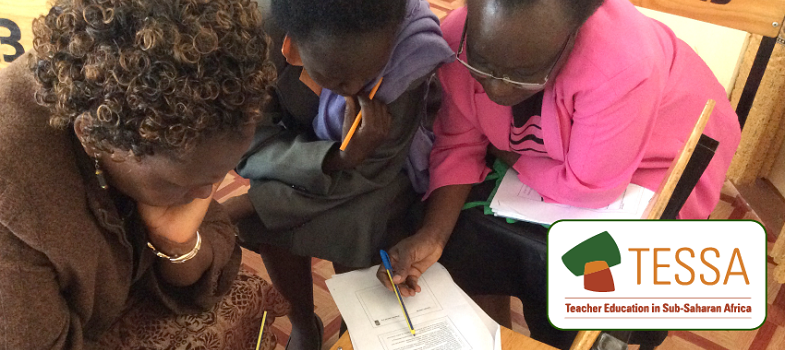1. Probing understanding
States of matter is a topic that your students will have learnt about at primary school, but don’t assume that they remember everything. They will have met some of the key words before, but some will be new.
In Case study 1, the teacher encourages her students to tell each other what they remember. Researchers have established a clear link between language and learning. When students talk about ideas, they have time to draw on their memory of what they have done before. It also helps them to practise using scientific words. You get the chance to listen to what they are saying and look at what they are writing, so that you are aware of their misconceptions (see Resource 1). You are far more likely to address their misconceptions in this way. Too often, when we use questions in a whole class discussion, we assume that because one student can give us a correct answer, the class as a whole understands the topic well. Activity 1 uses ‘think–pair–share’. Students work on their own first and then swap ideas with their partner. Each pair then talks to another pair until the whole class is talking. This method works well for students who are not confident about talking in front of the whole class.
Case study 1: Thinking about solids, liquids and gases
Mr Hausa teaches a class of 12-year-olds. Some of the students came from the primary school next door, but some came from different schools. He wanted to find out what they already knew about ‘states of matter’. Last year, he did a brainstorm with the whole class, but this year he had a much bigger class. First of all, he gathered them round the front and showed them a mixture of corn starch and water. He asked them whether it was a solid or a liquid (see Resource 6), in order to get them thinking. He divided the class into groups of four and gave each group a piece of paper. They had to work together to write down anything they could remember. He asked a few questions to get them going: what is special about a solid? What is it called when a solid turns to a liquid? They could draw pictures if they wanted. If a group was not doing very much then he asked them some more questions based on the primary school syllabus to get them going. While they were working, he went round with the corn starch and water so they could have a closer look. After 15 minutes he collected the pieces of paper. He found out that all the groups knew how the particles were arranged in a solid, but there were some strange ideas about liquids!
Activity 1: Think-pair-share
Before the lesson, write on the board or a large sheet of paper, the terms, definitions and examples given in Resource 2 . They should be in three columns (word, definition, example), but should be mixed up so that students have to match them up correctly. First ask them to work on their own to match them up correctly. Then they should compare answers with the person next to them.
Each pair should compare their answers with another pair. If they disagree, they have to discuss with each other and agree a set of correct answers. Once the group of four have agreed the correct answers, they should compare with another group, and so on. Eventually, through discussion the students will all agree on a set of correct answers. You should check through questioning that the students understand the reasons for their answers. At the end, individual students should come to the front and draw lines to join up the word with the correct definition and example.
Section 5 : States of matter



